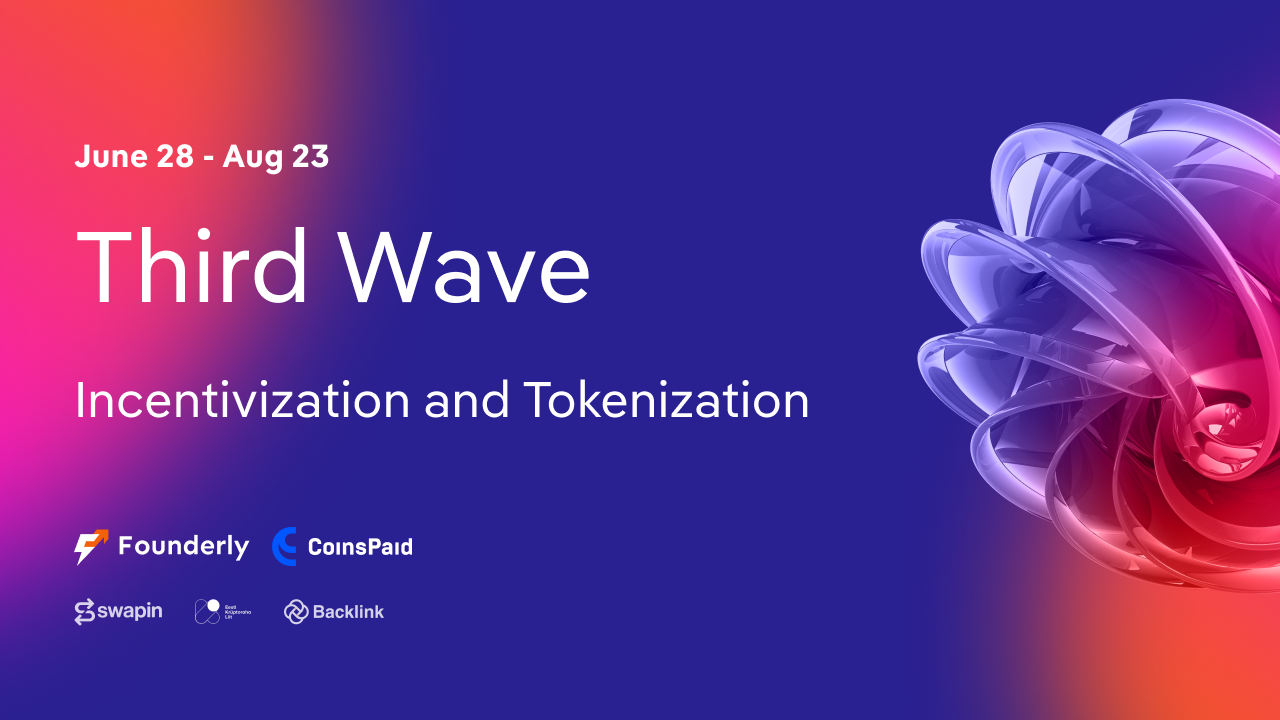Incentivization and Tokenization

Token Economy
Incentives are a powerful force that shapes our daily choices, from the mundane to the momentous. When you go to school, you do so because it will provide you with skills and knowledge that will help you find a higher-paying job in the future. When you pay your taxes, you’re showing that you respect the work the government is doing on behalf of all its citizens—even though there may be times when you disagree with their policies.
This incentive structure can be found everywhere you look, and crypto-verse is no different.
Tokens are basically codes that live on a globally-connected blockchain. They’re digital, native to the internet and programmed for various uses.
The difference between a cryptocurrency and a token—Cryptocurrencies are native assets of blockchain, while tokens are built on existing blockchains. Tokens can represent tangible or intangible assets.
The Different Types Of Tokens
Tokens are often categorized into three major categories: utility tokens, security tokens, and non-fungible tokens.
Utility token
A utility token is a type of token that gives holders access to a product or service. They are often used to raise funds for projects during their early stages.
Security token
A security token is a digital token that represents an ownership interest in a company or project.
Non-fungible token
A non-fungible token, or NFT, is a digital asset that represents a unique object. These tokens are often used to represent digital collectables—such as art or music.
Tokens can authenticate transactions, as well as represent actual investments. Imagine a future in which you can buy your favorite brand item, pay for it using the company’s token, and keep both the purchased item and the token as an investment.